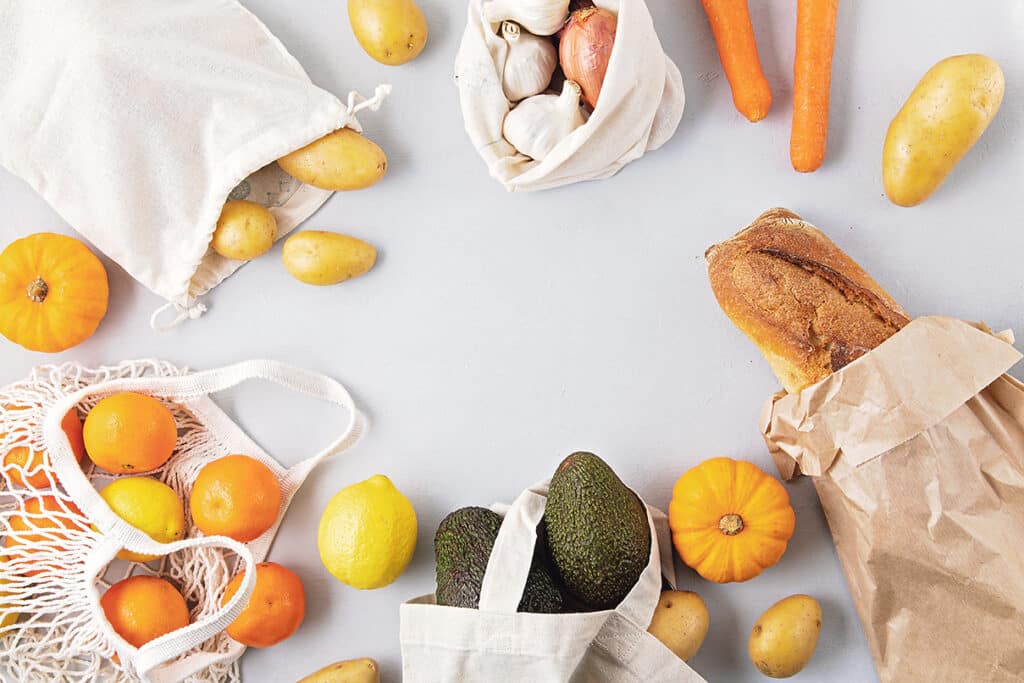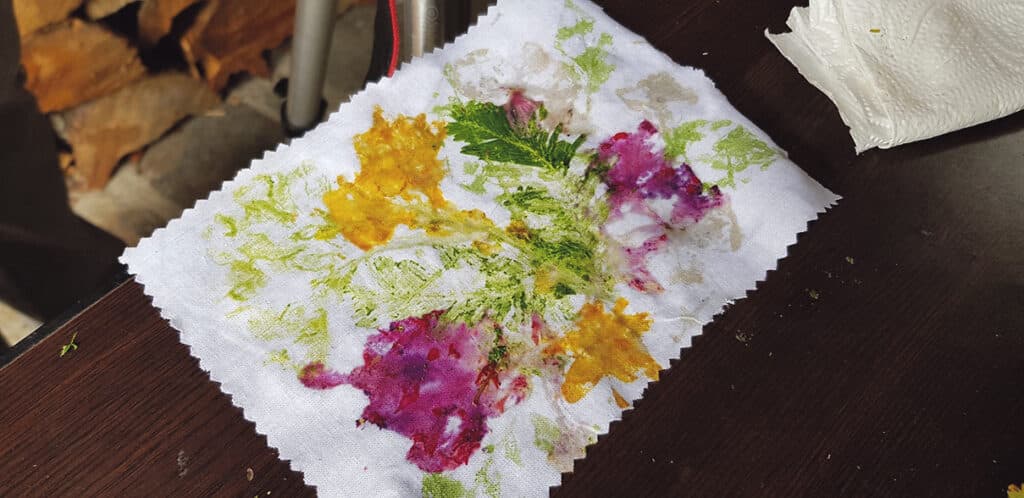
I love the month of August because it is the beginning of harvest-time in our garden: the greenhouse is full of cucumbers and tomatoes, which we pick as the fruits ripen, and the courgette plants produce so much we can easily eat courgette at every meal well into the autumn. But courgette gluts are the least of our worries – August is also the warmest month, and that often means food gets spoiled more easily. But with a little knowledge on how to store and preserve it, we might just reduce the amount of food we throw away.
The Environmental Protection Agency estimates that the average Irish household wastes 150kg of food each year, which translates to one million tons of food wasted annually in Ireland, a cost of approximately €700 per household per year. So how does one reduce the amount of food waste in their home? For a start, I’d encourage people to make a list of groceries prior to going out shopping for food, and then sticking to the plan in the supermarket. What’s on the list gets bought, and what isn’t on it doesn’t. I like to keep a piece of paper attached to our fridge and write items on it as they run out, and before leaving the house to buy our groceries, I have a quick look in the fridge, freezer, and in the cupboards to see what we already have, and I think up a plan of what we might want to eat that week. I make sure to ask everyone in the house if they need or want something specific, and I have a bite to eat before I go out shopping, because there’s nothing worse than your tummy dictating what it wants when you’re out buying food at the supermarket.
When unpacking your shopping, store your food in a way that will keep it fresh for as long as possible. Temperature, humidity, and light all have a big part to play, and storing your food the correct way will ensure it is safe to eat and maintains its nutritional value. Keeping vegetables and fruits in plastic bags will make them sweat, so transfer them into containers as soon as you get home. Potatoes, garlic, and onions require a cool, dark place so keep them separate from each other in closed paper bags. I store my salad leaves in a container in the fridge with a damp piece of kitchen roll over them. Bananas give off ethanol which speeds up the decomposition process of anything close to them, so I keep mine well away from the other fruits. And if I want my avocados or pears to ripen a little faster, they will go right beside the bananas in a separate bowl. If I spot any kind of decay on a piece of fruit or vegetable, I cut it off immediately, put it in the fridge and prioritise eating it before anything else.
Fresh bread is best kept at room temperature in a paper bag or a bread bin. In our house, I cut the loaf in half and freeze it because the bread goes hard faster than we get to eat it. Likewise, dried goods like rice, lentils, and nuts are taken out of their plastic bags and stored in airtight glass jars in the cupboard. I learned the hard way that in a damp house, little moths will chew through bioplastic and lay their eggs inside the food, and my store of chickpeas, pumpkin and sunflower seeds all had to be thrown away. Nightmare!
Something worth noting is that the ‘use-by’ date on products is a safety deadline – you can eat or freeze food up to that date, but it may well make you sick if you eat it beyond that. The ‘best before’ date is merely a guide, but the quality of the food may degrade from then on. Check your food regularly and look out for those dates – remove any food that has started to spoil in your fridge as gases from rotten produce can hasten the decline of others. If you have food that you won’t get to cook or eat before its ‘use-by’ date, put it in the freezer – it acts as a pause button on food, but remember that once defrosted, the food will need to be used up within 24 hours.
I have blanched vegetables in the past – hardy greens like kale, spinach, broccoli, and green beans do blanch very well, but I find the technique a little time-consuming. It involves boiling or steaming the food for a short period of time, and then dipping it in iced water to ‘refresh’ it before freezing it. It stops the enzymes in the food from activating, and improves the colour, texture, and nutrients in the frozen food. Nowadays, I eat what I have when it’s available, although I do freeze herbs like fresh chives and parsley in small glass jars to use them throughout the winter.
We mainly cook from scratch at our house, and our lunches are hugely dependent on leftovers and what needs to be eaten up. We tend to cook a big pot of food that will last us a few days – dishes like curries, stews, and veggie burgers which we cook in large quantities and then freeze in smaller portions. When our garden beetroots are ready to harvest, I pickle them, and they do keep for a very long time. The recipe is simple and delicious, and can be used for other vegetables like carrots, cucumbers, peppers, and cauliflower. I just peel and boil the beets, cut them in wedges, and prepare the pickling vinegar by toasting black peppercorn, coriander seeds, yellow mustard seeds, and cloves on low heat, and then adding white wine vinegar and brown sugar to the pan. I leave the mixture to simmer while I pack my cooked beets into sterilised jars, and then top them up with a teaspoon of coarse sea salt, a bay leaf, and the spiced vinegar.
We rarely have food waste at our house mainly because we plan ahead and compost everything. Saying that, the dog and hens are delighted with leftover rice and pasta, but I know that if they weren’t around, I would use these up in a salad the next day. It’s a case of always being inventive in the kitchen, and that suits me well because I love to experiment. Now if only every recipe I tried tasted as good as the ones in the books. One can only hope!
@seasidesquirrel or
www.seasidesquirrel.ie



